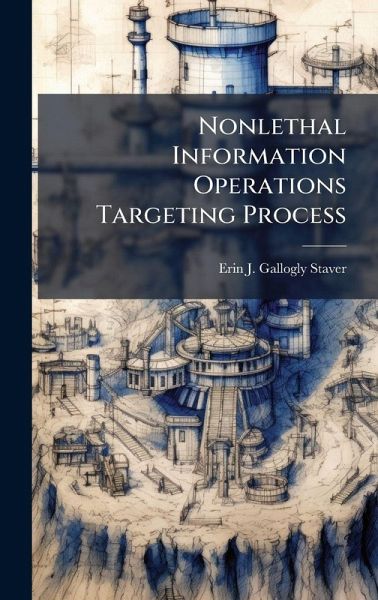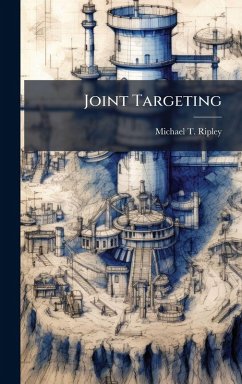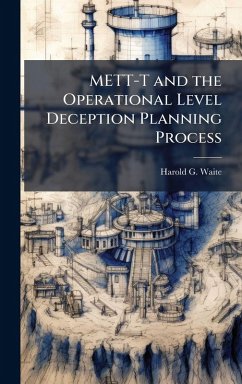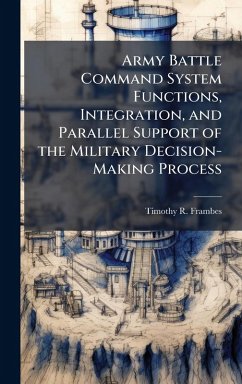
Nonlethal Information Operations Targeting Process
Versandkostenfrei!
Versandfertig in über 4 Wochen
27,99 €
inkl. MwSt.
Weitere Ausgaben:

PAYBACK Punkte
14 °P sammeln!
Many articles, journals, and books describe what information operations are and how they are essential to military operations, but there is little written about how to actually do information operations. This monograph's purpose is twofold. First, it provides the Joint Task Force Commander procedures by which to integrate nonlethal information operations into the joint targeting process and recommends duties and responsibilities for staff officers to ensure they integrate information operations into plans and operations. Second, it offers information operations officers a single document from ...
Many articles, journals, and books describe what information operations are and how they are essential to military operations, but there is little written about how to actually do information operations. This monograph's purpose is twofold. First, it provides the Joint Task Force Commander procedures by which to integrate nonlethal information operations into the joint targeting process and recommends duties and responsibilities for staff officers to ensure they integrate information operations into plans and operations. Second, it offers information operations officers a single document from which to develop standing operating procedures and tactics, techniques, and procedures. Joint Publications 3-0, Doctrine for Joint Operations, and 3-09, Doctrine for Joint Fire Support, provide the doctrinal underpinnings for joint targeting. Additionally, Joint Publication 3-13, Joint Doctrine for Information Operations, provides doctrine and guidance for information operations targeting. Currently there is neither Army doctrine for information operations targeting nor tactics, techniques, and procedures on how to integrate information operations into the targeting process. This monograph attempts to fill this gap. The capabilities, limitations, and employment considerations are outlined for the nonlethal information operations capabilities and activities (i.e., civil affairs, electronic warfare, military deception, psychological operations, public affairs, and special information operations). Finally, the author makes several recommendations in the areas of personnel and organization, training and education, doctrine, and operations. This work has been selected by scholars as being culturally important, and is part of the knowledge base of civilization as we know it. This work was reproduced from the original artifact, and remains as true to the original work as possible. Therefore, you will see the original copyright references, library stamps (as most of these works have been housed in our most important libraries around the world), and other notations in the work. This work is in the public domain in the United States of America, and possibly other nations. Within the United States, you may freely copy and distribute this work, as no entity (individual or corporate) has a copyright on the body of the work. As a reproduction of a historical artifact, this work may contain missing or blurred pages, poor pictures, errant marks, etc. Scholars believe, and we concur, that this work is important enough to be preserved, reproduced, and made generally available to the public. We appreciate your support of the preservation process, and thank you for being an important part of keeping this knowledge alive and relevant.












